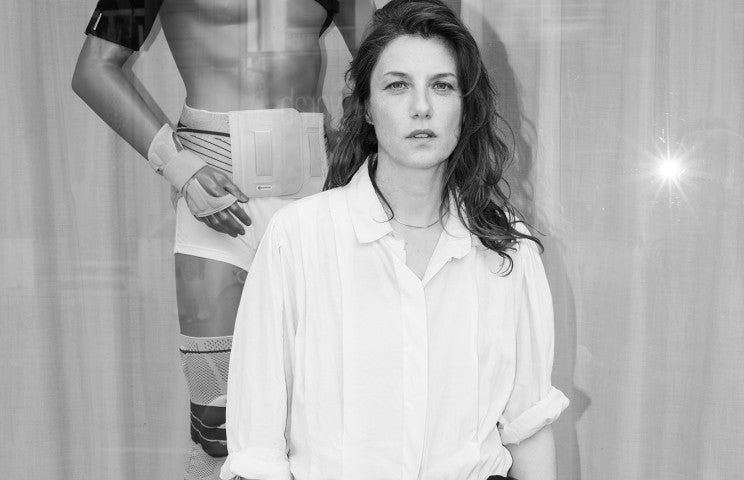On the occasion of his exhibition and his film projection at the Multiples Gallery, the Fondation d’entreprise Ricard is proud to receive the artist to talk about his career.
Bill Owens’s photographs are, without a doute, among the most world-renowned pictures. Who wouldn’t remember the pictures of the Rolling Stones concert in Altamont, or again the photographs from the «RIOTS» protests?
Paradoxically, if Bill Owens’s work was widely broadcasted, it was, on the other hand, rarely exhibited in France (apart from an exhibition at the Gabrielle Maubrie Gallery).
Bill Owens’s solo show at the Multiples Gallery is this season’s major event.
Born in 1938, Bill Owens is a photographer who, through his lens, formed the american culture.
Bill Owens has, secondly, created the photographs from the rock concert in ALTAMONT, offering then a vision of his country’s young generation. He does not only satisfy himself by focusing on the stage and the public, but he manages to capture american’s youth’s dreams and desirs. Through his photographs, a music festival as Altamont in 1969, becomes a myth.
Aware of the importance of this photographic treatment of the 60’s rock scene, the Multiples Gallery wanted, in collaboration, with Bill Owens, to publish one of this pictures. This picture will be shown at the gallery’s exhibition.
The gallery will also present another serie of pictures from the artist, in collaboration with Claudia Zanfi (his Archive’s curator), about the America of the 60’s and 70’s.
Indeed Bill Owens, witness of his time, living in the heart of his country’s social, cultural and political upheavals, captures «RIOTS», these spontanous demonstrations, often unorganised, able to lead to chaotics situationsand leaded by divers groups protesting against Vietnam’s war, racial, economical and political oppressions.
This exhibition will offer us the occasion to travel through America’s recent history, to descover or re-discover big upheavals known by the contemporary society.
This exhibition also invites to think about photography’s influence on mass imagination.















